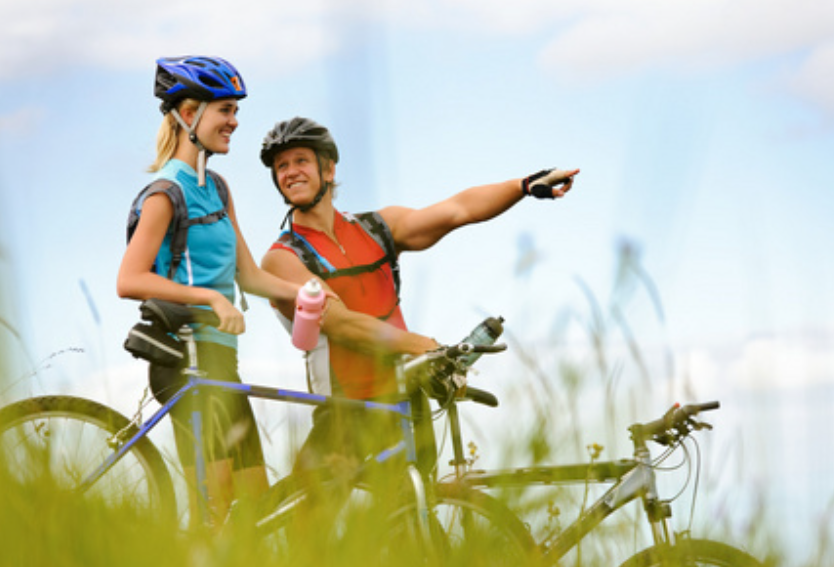
The popularity of marathon is increasing, and its health topic is also attracting attention. How can runners have fun while minimizing pain?
-- Knee pain, foot pain, low back pain... How to reduce the pain of "horse running"?
Whenever the marathon is over, there will always be a wave of runners at the subway station and bus station near the finish line who cannot move their legs and struggle to get down the stairs to get on the bus, with knee pain, foot pain, leg pain, back pain, shoulder and neck pain... All at once.
These pains are mainly due to prolonged running posture, muscle overuse, overstretching, and stress that causes fascia, tendons, cartilage, and even bone damage.
To reduce these pains, a series of preparations should be made before running, such as suitable running shoes, warm-up and stretching, moderate training, strengthening the core muscle group, etc. In addition, recovery after running can be helped by rest and ice, proper massage and physiotherapy.
"If the pain is unbearable, anti-inflammatory analgesics can be appropriately used to relieve symptoms under the advice of a doctor, but long-term dependence should not be recommended."
-- Is "Horse racing" suitable for people who are older and have basic diseases?
More and more enthusiasts of different ages join the "horse racing" team, and people who are obese, have basic diseases and are older will be particularly worried about whether "horse racing" has "side effects".
Participating in marathons should be aware of the potential negative effects on the body, including tissue damage and overuse of the body, such as long-term running may lead to excessive pressure on joints (especially knee joints, ankles), bones and muscles, resulting in stress fractures, tendinitis, synovitis and other problems.
And then there's cardiovascular stress. While moderate running is good for heart health, overtraining can lead to an enlarged heart, increasing the risk of arrhythmias and heart disease.
It is recommended to train moderately, increasing the running distance by no more than 10% per week; Combine different types of training, such as interval running, speed training, strength training, moderate rest, avoid a single repetitive movement pattern; Get enough sleep and implement active recovery strategies such as light exercise, stretching, massage, and hot and cold therapy; At the same time, pay attention to body signals and adjust your training plan or seek professional medical advice in case of persistent pain or abnormalities.
-- The "horse running" accident is concerned, which are the important signals of "call stop"?
Although sudden cardiac death is uncommon in marathons, it is a matter of great concern. Due to the high cardiorespiratory and overall physical requirements of marathon participants, coupled with environmental factors (such as temperature, humidity, etc.) and individual differences during the race, there is indeed a risk of sudden cardiac death.
There are several important signs to look out for during the "horse race" to prevent possible heart problems and other serious health events:
First, chest tightness and chest pain. Any chest discomfort, especially pressure, burning or pain, should be taken as a warning sign of a heart problem, and you should stop running immediately and seek medical help.
The second is extreme fatigue or weakness. If you feel unprecedented fatigue, far beyond the normal range, and accompanied by cold sweat, fainting feeling, this may be a sign of insufficient blood supply to the heart.
Third, difficulty breathing, abnormal heartbeat, severe headache, nausea, blurred vision, muscle weakness, coordination disorders, etc. These symptoms may indicate abnormal heart, blood pressure or other circulatory system problems, should be paid attention to.
When running under extreme high temperature, low temperature or high humidity conditions, pay special attention to the body's reaction, and stop when you feel unwell to prevent heat attack or hypothermia. In order to prevent sudden cardiac death and other accidents, runners should conduct a comprehensive physical examination before the race to understand their physical conditions, and closely monitor their physical signs during the race, following the principle of "safety first".
-- How long will it take to get back to exercise?
The time, intensity and frequency of recovery exercise after a marathon race should be comprehensively considered according to personal physique, training level, physical consumption during the race, physical reaction after the race and other factors. Xie Jie recommends following the following principles:
During the initial recovery period from immediately after the race to three days, rest and light activities such as walking and light stretching are the main activities.
In the recovery training phase of days 3 to 14, you can do low-impact, low-intensity cross-training such as swimming, cycling or easy yoga to promote muscle recovery and avoid high-intensity running. If you feel good, you can start to try easy running after about 7 to 10 days, so as to feel comfortable but not forced.
After the 14th day, you can enter the normal training recovery stage, and gradually increase the running distance and intensity according to your personal feelings and physical reactions. You can increase the distance or intensity of long-distance running every two weeks, but the increase should not exceed 10%.
In general, full recovery to pre-competition training levels can take 4 to 6 weeks, and elite athletes may need longer to achieve competitive fitness. Each person's body recovery speed is different, and the specific situation needs to be adjusted flexibly according to the actual situation of the individual.

